Some OER are in the public domain and entirely free of copyright restrictions. Other OER are protected by copyright but distributed under an open license, usually a Creative Commons license. According to Creative Commons, an open license “helps creators…retain copyright while allowing others to copy, distribute, and make some uses of their work.” In other words, open licenses change the default rules of copyright from "all rights reserved" to "some rights reserved."
Creative Commons licenses are made from a combination of conditions selected by the licensor/creator of the work:
According to Open Educational Resources Mythbusting, CC BY and CC BY-SA licenses are recommended for OER. These two licenses are called "free" or "fully opened" licenses.
CC BY and CC BY-SA licenses protect the original creator by requiring attribution, but allow other users to:
It’s easy to use an openly licensed work, as long as you follow the terms set out by the creator and give them proper attribution. Open Washington has created a handy tool to help you build attribution statements. Creative Commons also offers tips on how to give attribution, or you can ask your Subject Liaison for advice.
While OER can come in a variety of media, digital or otherwise, many are are delivered via the World Wide Web. According to the World Wide Web Consortium (W3C):
“Web accessibility means that people with disabilities can use the Web. More specifically, Web accessibility means that people with disabilities can perceive, understand, navigate, and interact with the Web, and that they can contribute to the Web. Web accessibility also benefits others, including older people with changing abilities due to aging.”
Making sure that your digital, or web-based, OER are accessible to all of your students is not just a good practice; it is also a legal requirement under Section 508 of the United States Workforce Rehabilitation Act of 1973. Any institution, like Towson University, that receives federal funding is subject to this law. By providing accessible OER materials you not only provide equitable access to your courses and online learning objects, you help make sure that the University is compliant with its legal obligations.
A great place to start is the Towson University guide, Improving Access: Best Practices for Developing Course Materials with an Online Component (PDF). In addition, the Office of Technology Services offers training on web accessibility. You can also contact the Information Technology Librarian, or your Subject Liaison, for advice, or a referral, on how to make your OER more accessible. You can also check out the OER Accessibility Toolkit or the Inclusive Learning Design Handbook.
